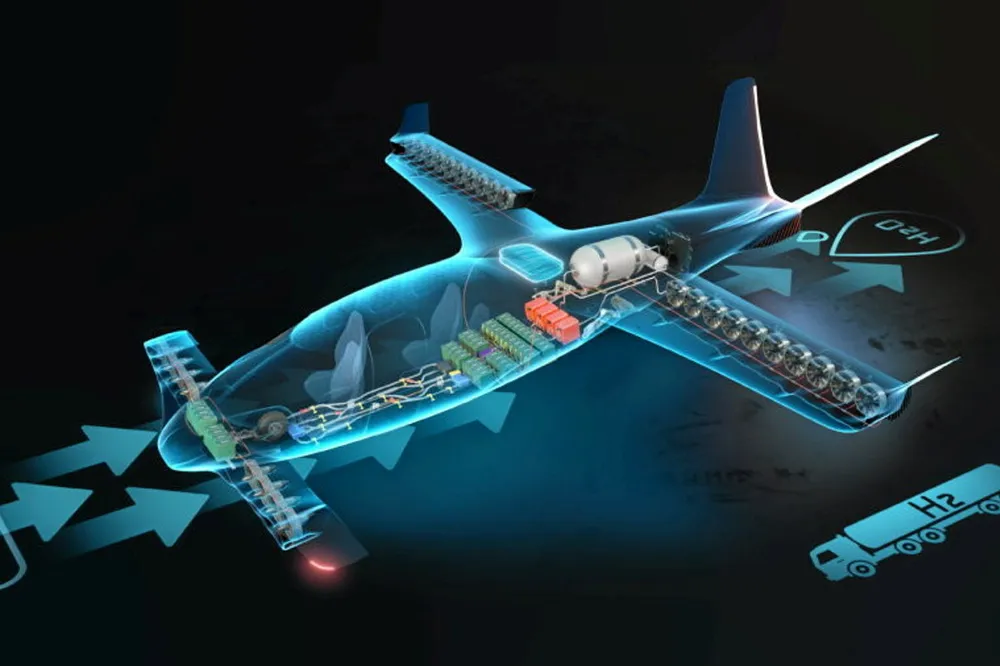'Formula 1 engineering' | Swiss start-up unveils futuristic hydrogen-powered passenger aircraft
Electric vertical take-off and landing (e-VTOL) plane will be able to travel 1,800km without refuelling, claims creators

Electric vertical take-off and landing (e-VTOL) plane will be able to travel 1,800km without refuelling, claims creators
